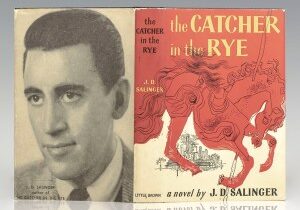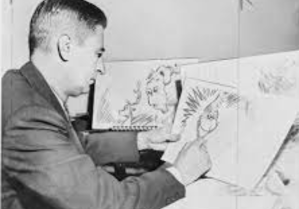Although she only published two novels throughout her lifetime, American novelist Nella Larsen earned wide recognition among her contemporaries as one of the important voices of the Harlem Renaissance, as well as an important figure in American modernism.
Larsen died on this day, March 30th, in 1964 at the age of 72 and left behind two works of major importance, Quicksand, published in 1928, and Passing, published one year later in 1929.
The most obviously autobiographical of Larsen’s two novels, Quicksand, tells the story of Helga Crane, the refined daughter of a Danish white mother and a West Indian black father who travels throughout the United States and visits Denmark, searching for people among whom she feels at home.
In a letter to close personal friend and mentor Carl van Vechten, Larsen referred to the emotional experiences depicted in the novel as “the awful truth”, as she herself struggled with finding a sense of belonging between the worlds of her Danish mother and African American father.
In 1928, Quicksand earned Larsen the second prize for literature from the Harmon Foundation, established in 1922 to recognize African-American artists who otherwise would have remained largely unknown. She was praised by critics for the effectiveness of her more indirect approach to addressing the issues of race, class, and sexuality which were expressed more explicitly by many of her contemporaries.

First Edition of Nella Larsen’s Passing; inscribed by her to close personal friends Lillian and Ed Carlyle
Set primarily in the Harlem neighborhood of New York City in the 1920s, Larsen’s second novel, Passing, centers on the reunion of two childhood friends—Clare Kendry and Irene Redfield—and their increasing fascination with each other’s lives. The title refers to the practice of racial “passing”, and is a key element of the novel; Clare Kendry’s attempt to pass as white for her husband, John (Jack) Bellew, is its most significant depiction in the novel, and a catalyst for the tragic events.
Praised upon publication, the novel has since been celebrated in modern scholarship for its complex depiction of race, gender and sexuality, and is the subject of considerable scholarly criticism.
Despite her work’s major success, Larsen disappeared from Harlem’s interracial literary and arts community after her ex-husband’s death in 1942. Struggling with depression, she stopped writing, returned to her previous career in nursing, moved to the Lower East Side and did not return to Harlem. Many of Larsen’s old acquaintances speculated that she, like some of the characters in her fiction, had crossed the color line to “pass” into the white community.
View the many other works currently in our collection written, signed and inscribed by major figures of the Harlem Renaissance including: Langston Hughes, Zora Neale Hurston, and Ralph Ellison.











